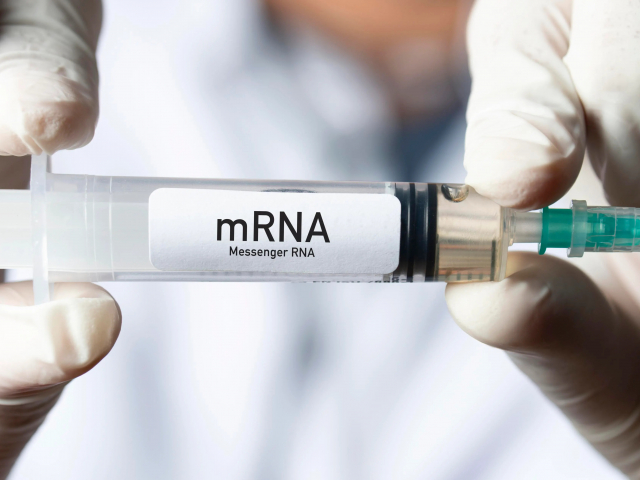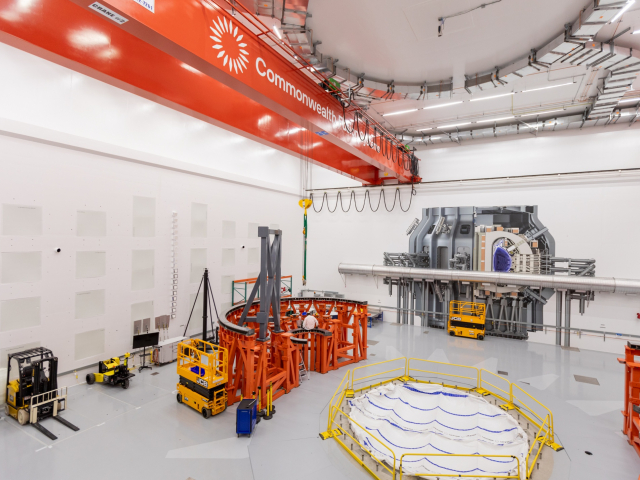
At the beginning of every year, market participants absorb countless forecasts. This year is no exception. Unfortunately, most predictions tend to have a pessimistic tone. However, amid this flood of warnings, there is also room for good news: the 2025 year promises many positive changes. Let's take a look at five inspiring predictions for the next 12 months.

Revolution in cancer treatment
In 2025, the first effective cancer vaccines could hit the market. The mRNA technology, which proved successful in COVID-19 vaccines, is now being actively used by leading biotech companies to develop treatments that activate the immune system and help it recognize and destroy cancer cells. Moderna and Merck’s mRNA-4157 vaccine is already showing promising results, while BioNTech is launching a large-scale mRNA cancer vaccine trial in the UK in collaboration with the NHS.

New era in energy
By the end of 2025, the US is expected to launch the SPARC nuclear fusion reactor, developed by MIT. This toroidal tokamak reactor will generate up to 140 MW of energy, using deuterium-tritium plasma. Electromagnets will sustain the plasma at extreme temperatures, enabling the fusion of hydrogen atoms, which releases helium and an enormous amount of energy. In addition to SPARC, other experimental reactors are also expected to launch this year, including General Fusion's project, which employs liquid metal technology.

Breakthrough in weather forecasting
This year, climate modeling is expected to significantly improve thanks to advancements in artificial intelligence and computing power. Modern supercomputers will allow scientists to better analyze complex atmospheric processes, such as aerosol-cloud interactions, which are a major challenge in climate forecasting. The new generation of climate models will help provide more accurate predictions of climate change impacts and aid in developing effective measures to combat global warming.
First manned lunar flyby
A major space exploration milestone is expected by the end of the year: four American astronauts will embark on a mission to the Moon as part of NASA’s Artemis program. This will be the first crewed flight beyond low Earth orbit in more than 50 years. A key feature of this mission will be a figure-eight trajectory flyby of the Moon, allowing the Orion spacecraft to be tested in real deep-space conditions. This mission will pave the way for the next stages of the Artemis program, including the eventual return of humans to the Moon.
New conservation model
In 2025, an innovative initiative by Tehanu could transform wildlife conservation. The idea is to create a system where animals can "manage" financial resources to improve their living conditions. Here’s how it works: sensors and artificial intelligence detect what animals need—for example, removing a poacher’s trap or calling a veterinarian. Local communities then complete these tasks via a special platform and receive payments in return. Last year, the program was successfully tested with mountain gorillas in Rwanda.